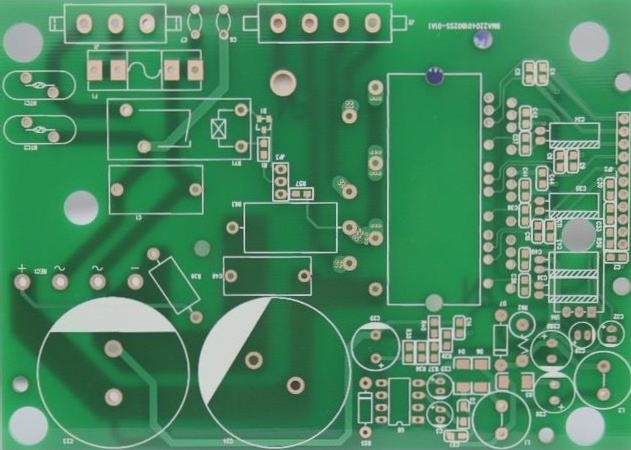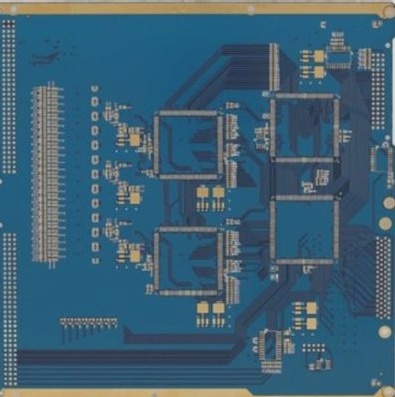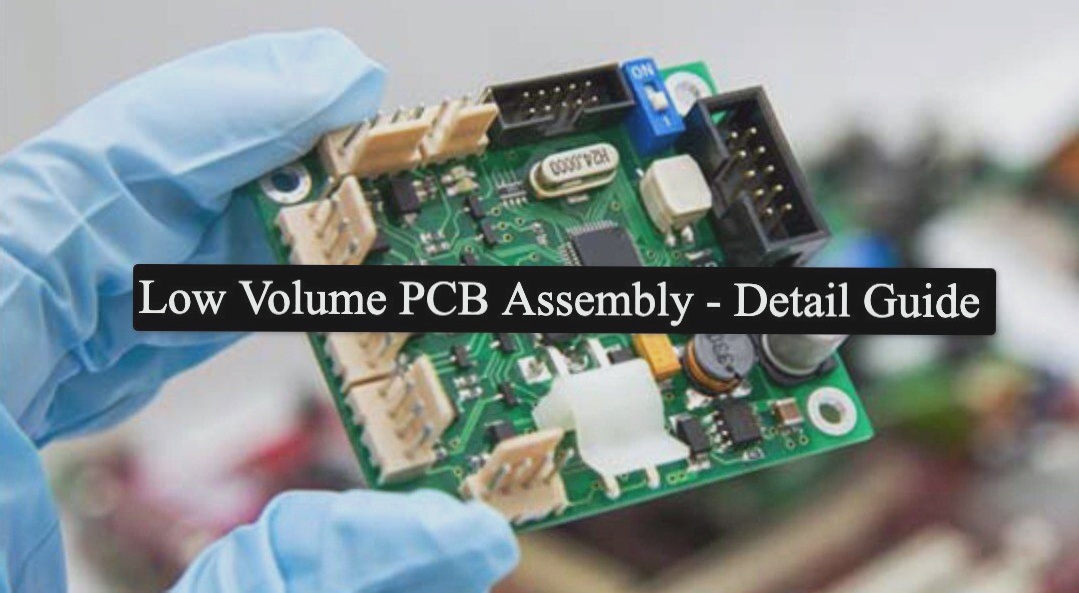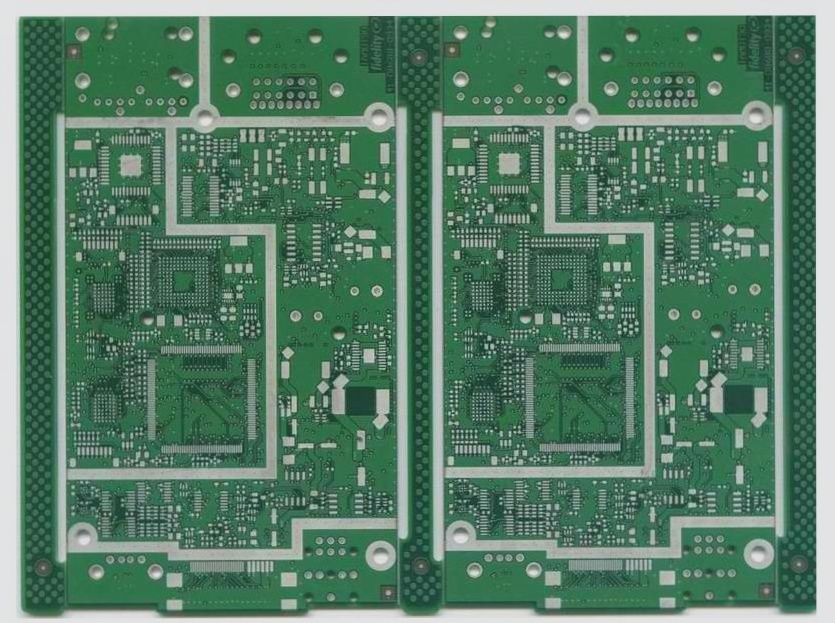In order to ensure the quality of PCBA, the transportation and storage of PCBA should also strictly abide by various operating specifications. So, what are the requirements for PCBA transportation and storage conditions?
1. Anti-static
Proper anti-static measures should be taken for PCBA, including the use of suitable containers and tools.
2. Use suitable means of transport
Transportation tools must be in good condition, including wheels and frames. Any abnormalities should be reported for timely repairs, and the use of damaged tools should be forbidden to prevent damage to semi-finished products during transportation.
3. Check common tools
Before operations, transportation tools, storage tools, and workstations should be cleaned and free from any debris or tin slag to avoid damage to the PCBA from friction.
4. Identify important information
Containers and tool carts used for transport and storage of PCBA should be clearly marked, and product-related information should be recorded to prevent misplacement and mixing.
5. Stacking requirements
Direct stacking of PCBAs on transportation tools, in turnover areas, and in process stations should be forbidden. Direct overlapping and friction during transportation can cause damage to components.
6. Loading and unloading requirements
During transportation and loading and unloading of PCBA, safety and orderliness must be maintained, and brutal loading and unloading should be prohibited.
7. Prevent falling
When storing PCBAs on transportation vehicles and in the turnover area, precautions should be taken to avoid falling after stacking.
8. Prevent friction damage
During transportation, attention should be given to the condition of the road surface to avoid damage to semi-finished products from vehicle bumps. The speed of the means of transport should be balanced and reasonable.
9. Transshipment requirements
Boards should be transferred between stations using conveyor belts or “hand-to-hand”, and overlapping placement and extrusion of PCBAs should be avoided. Actions such as throwing and tossing during transfer and delivery should be strictly prohibited.
10. Dustproof requirements
The storage of PCBA in the turnover area should ensure stability and protection, and should be strictly limited to the specified area. Measures should be taken to prevent dust and falling on the top layer.
11. Stacking principle
Attention should be given to stacking principles such as height and weight to avoid isolated single stacks.
12. Prevent impact
When approaching corners, the assembly line, and other areas, attention should be given to other pedestrians and vehicles to avoid accidental collisions that may cause damage to the product.
13. Prevent extrusion
PCBAs should be separated by spacers and should not exceed the upper edge of the container to avoid squeezing.
14. Workbench selection
For a large amount of storage that is not suitable for the work surface, a suitable container should be selected and placed around the operator to facilitate access.
15. Exception handling
In the event of tool abnormalities during transportation, the safety of personnel and items should be ensured first, and proper isolation and reporting should be carried out.
1. Anti-static
Proper anti-static measures should be taken for PCBA, including the use of suitable containers and tools.
2. Use suitable means of transport
Transportation tools must be in good condition, including wheels and frames. Any abnormalities should be reported for timely repairs, and the use of damaged tools should be forbidden to prevent damage to semi-finished products during transportation.
3. Check common tools
Before operations, transportation tools, storage tools, and workstations should be cleaned and free from any debris or tin slag to avoid damage to the PCBA from friction.
4. Identify important information
Containers and tool carts used for transport and storage of PCBA should be clearly marked, and product-related information should be recorded to prevent misplacement and mixing.
5. Stacking requirements
Direct stacking of PCBAs on transportation tools, in turnover areas, and in process stations should be forbidden. Direct overlapping and friction during transportation can cause damage to components.
6. Loading and unloading requirements
During transportation and loading and unloading of PCBA, safety and orderliness must be maintained, and brutal loading and unloading should be prohibited.
7. Prevent falling
When storing PCBAs on transportation vehicles and in the turnover area, precautions should be taken to avoid falling after stacking.
8. Prevent friction damage
During transportation, attention should be given to the condition of the road surface to avoid damage to semi-finished products from vehicle bumps. The speed of the means of transport should be balanced and reasonable.
9. Transshipment requirements
Boards should be transferred between stations using conveyor belts or “hand-to-hand”, and overlapping placement and extrusion of PCBAs should be avoided. Actions such as throwing and tossing during transfer and delivery should be strictly prohibited.
10. Dustproof requirements
The storage of PCBA in the turnover area should ensure stability and protection, and should be strictly limited to the specified area. Measures should be taken to prevent dust and falling on the top layer.
11. Stacking principle
Attention should be given to stacking principles such as height and weight to avoid isolated single stacks.
12. Prevent impact
When approaching corners, the assembly line, and other areas, attention should be given to other pedestrians and vehicles to avoid accidental collisions that may cause damage to the product.
13. Prevent extrusion
PCBAs should be separated by spacers and should not exceed the upper edge of the container to avoid squeezing.
14. Workbench selection
For a large amount of storage that is not suitable for the work surface, a suitable container should be selected and placed around the operator to facilitate access.
15. Exception handling
In the event of tool abnormalities during transportation, the safety of personnel and items should be ensured first, and proper isolation and reporting should be carried out.




